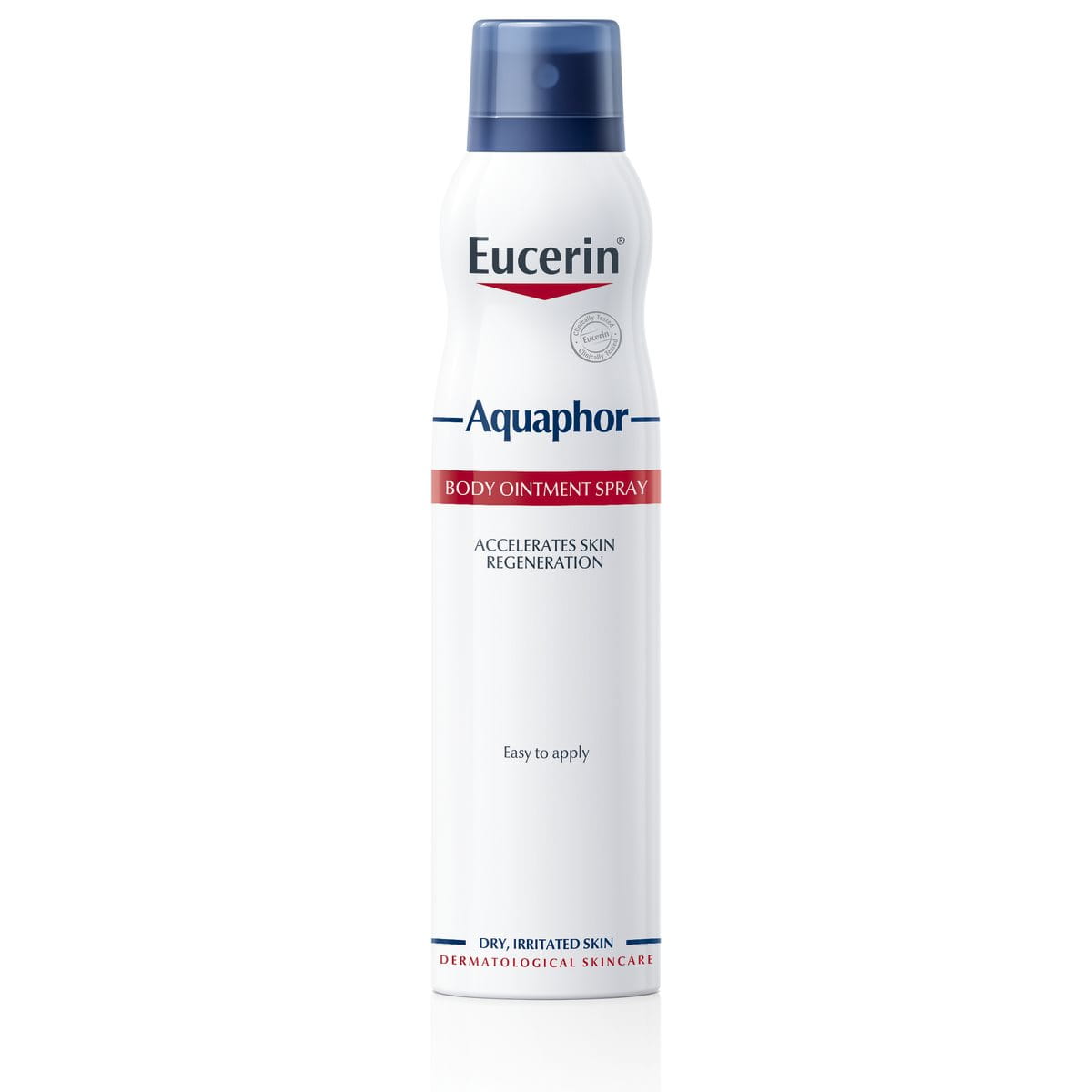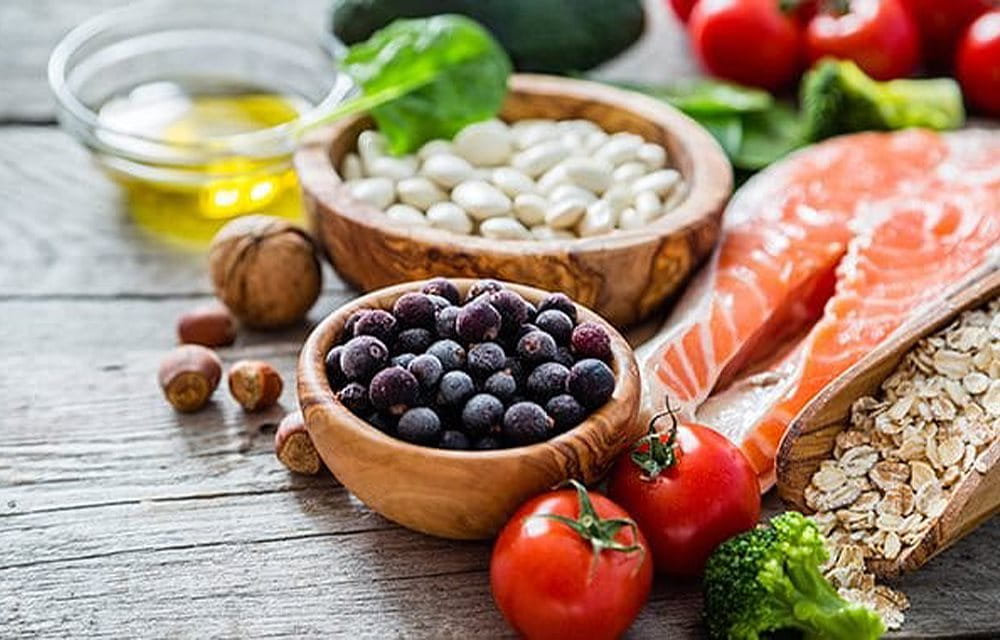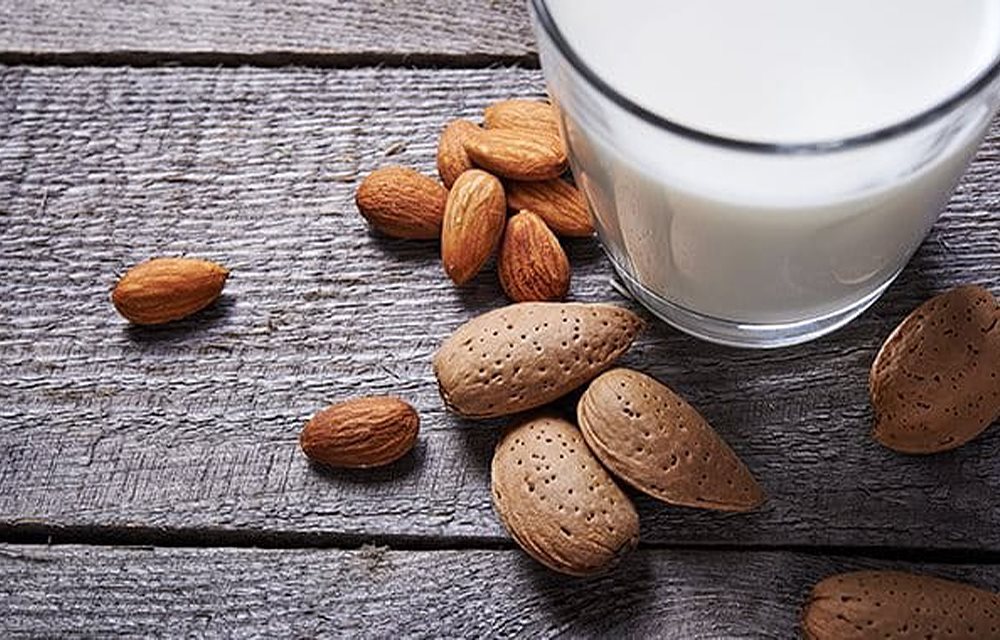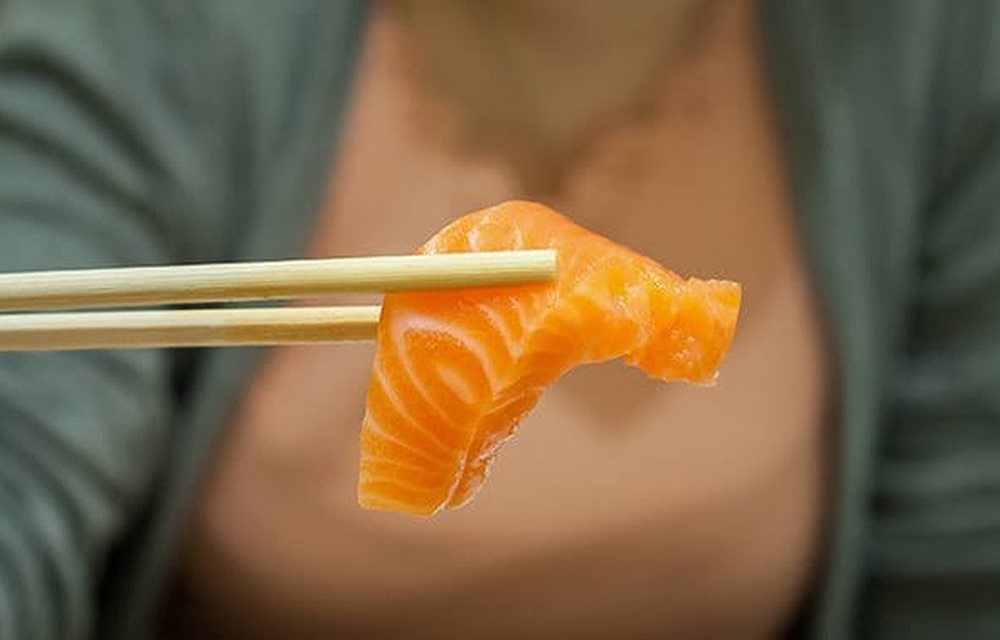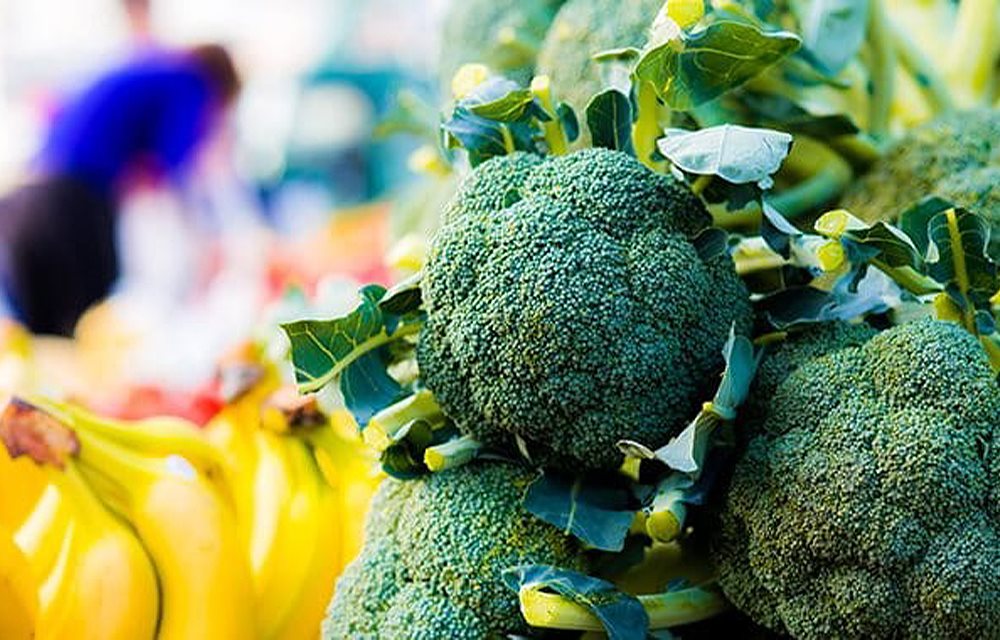What to eat, and what not to eat, to help avoid and clear acne
While research into the relationship between nutrition and acne is both inconclusive and controversial, most scientists agree that a high Glycemic Index (G.I.) and too many dairy products can exacerbate blemish-prone skin. There is also considerable debate about the possible influence of other foods.
This article looks at some of the foods most commonly associated with acne, highlights the importance of a healthy balanced diet, and makes suggestions about how you might want to alter and monitor the food you eat to see if it has a positive influence on your skin.
You can find out more about the debate around nutrition and about why some foods are thought to trigger acne in what impact can diet have on blemish-prone skin?

